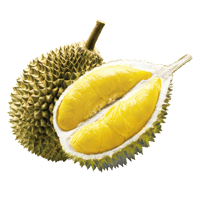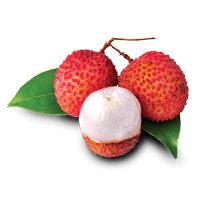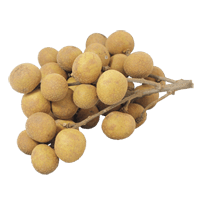Rambutan Glycemic Index (GI) - Is It High or Low?
Rambutan owes its sweet taste to the relatively high content of carbohydrates. A 100g serving size of rambutan provides 20.87g of carbohydrates. Of these, only 0.9g is made up of dietary fiber.
According to the Malaysian Journal of Nutrition, the glycemic index of rambutan (Nephelium lappaceum) is equal to 59 (1).
Another study puts the glycemic index of Thai rambutans in the range of 54.8±8.1 (2).
Based on these numbers, the glycemic index of rambutan falls in the low to moderate category.
Experimental animal studies have shown that the phenolic extract of rambutan peel possesses anti-diabetic qualities, reducing fasting blood glucose and total cholesterol levels, as well as protecting tissues of the liver, kidney, and pancreas (3).
Rambutan seeds have also demonstrated anti-diabetic and hypoglycemic properties (4).
Overall, rambutan fruit consumption, in moderation, is acceptable for people with type 2 diabetes. Most of the antidiabetic benefits are from the seeds or peel extracts.



